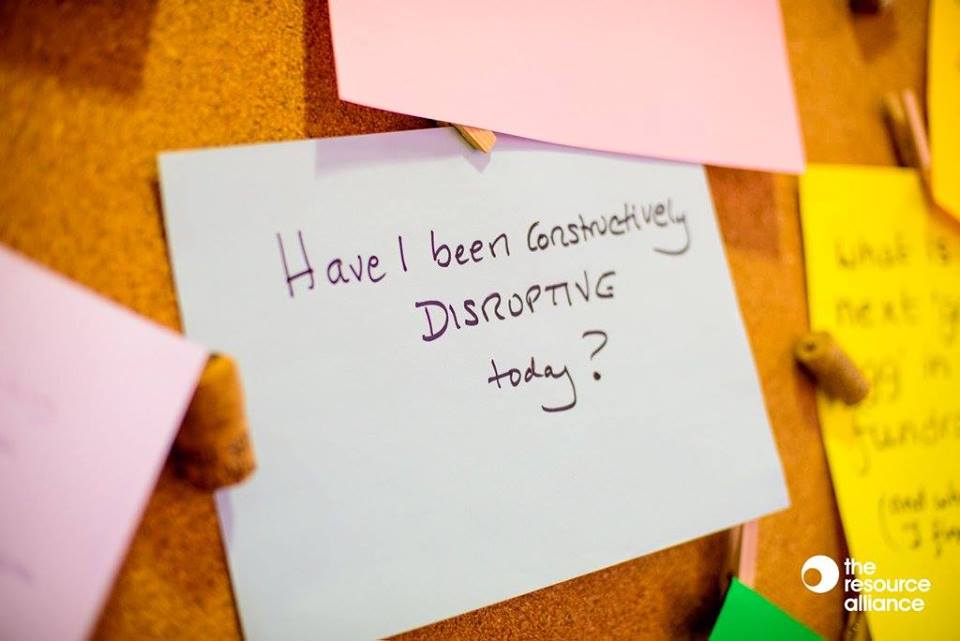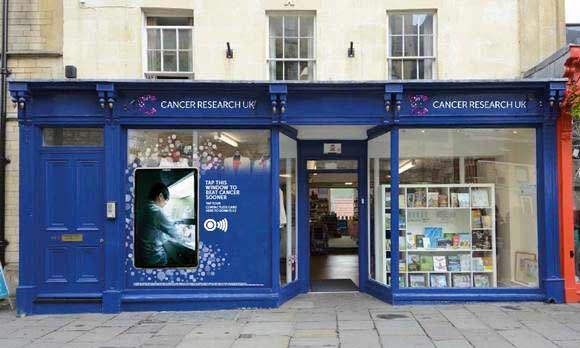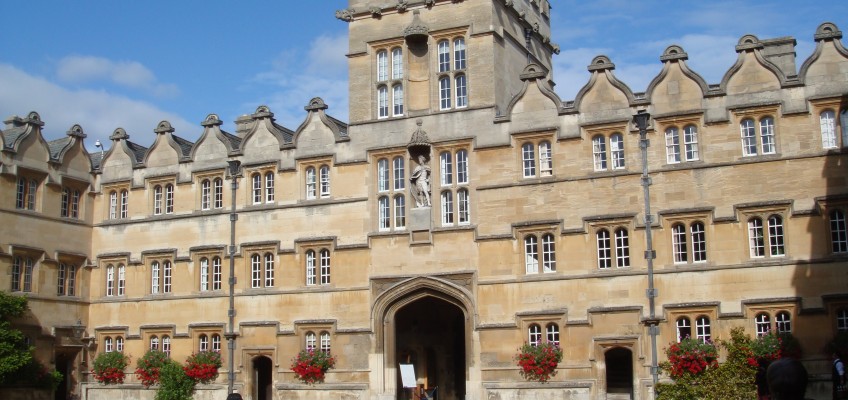The theme of this year’s International Fundraising Congress was “Asking the Right Questions” and here are a few of our own questions and the best bits from what we learnt at this year’s event.
- Mobile Fundraising – how many people admit to reading their phones on the loo?
In the UK, 74% people admit to this according to recent research presented by Paul de Gregorio from Communications Agency, Open. Who’d have thought!
Paul talked about how mobile brings together content, communication and payment into one snack-able chunk. And as we look at our phones on average 150 times a day, there are ample opportunities for charities to get across their bite-size pieces of content.
- What is the most popular content on social media channels?
According to Cancer Research UK, video is the most viewed content on social media channels and Kathryn Toner from CRUK recommended putting subtitles on all video content as many people view it on public transport with the sound off.
Still on the subject of video, but in a different context, CRUK has also been testing responsive screens in their shop windows and 1 in 6 people engaged with the interactive screen.
- How do we ask well?
Amanda Palmer’s inspiring plenary session focused on the art of asking. She spoke about how vital context is when we are asking someone for something, but the comment that struck me the most was a quote from Henry David Thoreau’s book, Walden:
“Good asking fundamentally leaves space for no”.
- How do we measure what counts, not just count what we can measure?
Joe Jenkins talked about his experience of Impact Reporting at the Children’s Society. According to Joe, for impact reporting to be in any way meaningful, it must be driven by the whole organisation, not just by the fundraising team. When dealing with the complex issues of childhood neglect, poverty and abuse, contribution is more important than attribution and finding a way to measure impact rather than just outcomes remains a challenge. He felt that where learning and continuous improvement were behind impact reporting, it could achieve far more.
- Can Working Class Heroes deliver more for us than Dorothy Donor?
Bluefrog’s donor research paper makes interesting reading. Working class heroes, Humble and Holy and Noblesse Oblige are 3 distinct categories of mid level donors their research came up with as a way of demonstrating why people chose to make more significant gifts to particular charities. One tip, when trying to identify your next mid level donors or charity champions was to look for people who’ve given more than you’ve asked them for or who’ve called up to let you know about their change of address.
- What can Corporate Fundraisers learn from taxi drivers?
Always make sure you’ve booked the return fare. Rob Woods’ advice on managing the corporate meeting stressed the importance of agreeing the next steps before you leave the room. Make sure you have agreed the next meeting, check what phone number to use when getting back to them and agree the next steps in the decision making process.
The start of the conversation is equally key. Whoever owns the frame, owns the conversation so make sure you set the frame for the conversation, before your contact can do so. Relate to the person’s world first (eg our TV and DM campaigns have not been performing as well as they used to – it’s probably been the same for you – so we are now looking at new types of partnership) and head off any misconceptions of company/charity partnerships before they can frame the conversation.
Rob based much of his approach on The Psychology of Influence by Robert Cialdini, still one of the leading experts on sales. It’s worth checking out, as is his new book Pre-suasion (bound to turn up on the Fundraisers Book Club list – see below).
- How can you increase your legacy pledges by 15%?
Make sure that solicitors are asking potential legators in the correct way. Research presented by Remember a Charity showed that if people are asked the question “is there a cause that you feel passionately about that you would like to remember in your will, after friends and family are taken care of?” there was a 15% increase in people signing up to leave a legacy, showing the vital role that solicitors can play in correctly positioning a legacy gift.
Stephen George from Remember a Charity stressed the importance of putting the legator at the centre of all communications. He showed a great Legacy TV advert from Unicef Italy which was filmed as if the donor or the legator were there in the film. It’s worth taking a look (even if your Italian is a little rusty).
- How can we raise more from our community fundraisers and peer to peer networks?
Many of us have people who are local champions for our charities, who do cake sales, who shake buckets, who run races. How can we encourage them to raise more? Jillian Stewart from Peerworks in the Netherlands had some great tips. Film your fundraisers and put up clips on your website to inspire others – simple and cheap to do just on a mobile phone. Encourage people to self-sponsor and donate to themselves first before asking others – whether with a sponsorship form or an online giving page. Recognise those who are really active on social media for you and send them personalised video messages. And include small, inexpensive incentives for fundraisers to aim that bit higher with their fundraising. She quoted a great example from Pieta House and the Darkness into Light Walk, which gave a flashing badge to all those people who raised over a certain threshold.
- What do I need to start a Crowdfunding initiative?
A number of sessions I attended touched on crowd-funding and most had a similar experience to share. The clue is in the name – it’s very hard to crowdfund without a crowd. The pre-campaign is key and where the crowdfunding can be as personal as possible, success rates are higher. For example the Dutch Heart Society (DHS) ran a campaign but the ask came from the researcher and it was not branded as the DHS. All communication came personally from the researcher himself and DHF said they would match every donation. They also secured a major donor to sponsor the pre-campaign and acknowledged that the lead-in time needed to be a lot longer than they had bargained for. They had great feedback from donors who loved the rewards for each giving level – books, guided tours – and a personal update report from the researcher every 3 months.
10. And finally, not a question but a quote from Usha Menon, that I felt summed up the 2016 IFC for me. In a changing world, where new business models are coming in almost daily and revolutionising entire sectors (think AirBNB, Uber and Upwork), charities need to constantly challenge themselves. We need to ask whether we are adding value or just maintaining the status quo.
“If charities do not add sufficient value, they will be cut out as the middle men.” Usha Menon
The Resource Alliance have shared many of the slides from IFC 2016 on their website and it’s worth taking a look.




